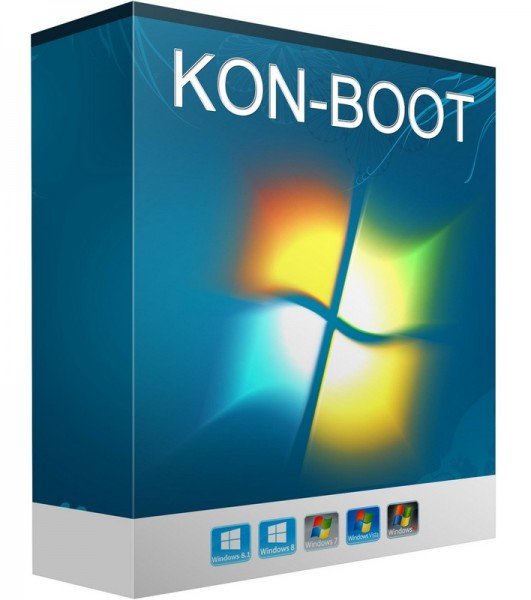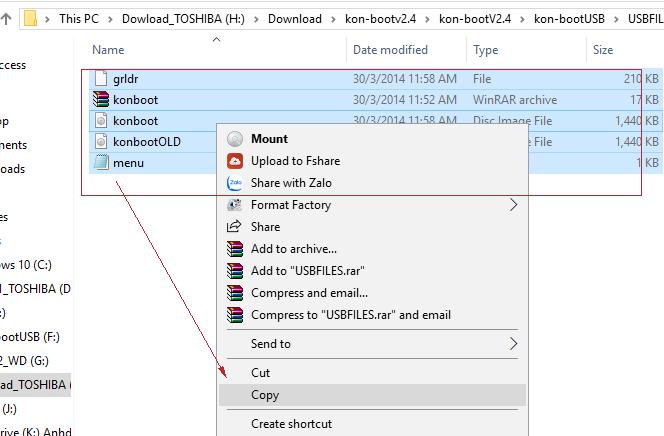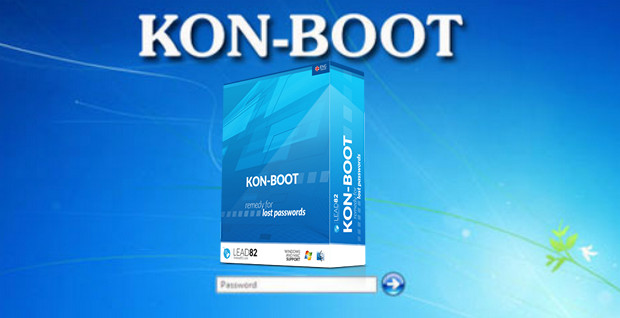
- #Kon boot for legacy how to#
- #Kon boot for legacy update#
- #Kon boot for legacy full#
- #Kon boot for legacy download#
- #Kon boot for legacy mac#
You simply need to be careful and adapt the instructions to your configuration. It works with Logical Volume Manager (LVM), plain partitions, and also with Linux Unified Key Setup (LUKS) or any combination thereof. This procedure works even if you have a dual-boot machine.There are dozens of tools that do the job just fine.

You could use CloneZilla, AOMEI Partition Assistant, dd, or even Norton Ghost to do that. You'll be touching your disks, and the tools used to make it easy to delete something without confirmation.
#Kon boot for legacy full#

#Kon boot for legacy mac#
People with SPARC or PowerPC Mac systems with OpenBoot PROM (OBP)/OpenFirmware had already experienced the future many years before. When Unified Extensible Firmware Interface (UEFI) was introduced in the early 2000s, it was designed to replace PC (Basic Input/Output System) BIOS and provide x86 users with something more technologically advanced.
#Kon boot for legacy download#

#Kon boot for legacy how to#
This article describes how to move a Linux install from one piece of hardware, in this case, an older laptop, to a newer one. The problem is that it's not as simple as pulling your hard drive from an old system and popping it into a new one and expecting everything to work as desired. But it turns out that's a disaster waiting to happen because of hardware differences between the new and old systems.

When I switch systems, I like to take my operating system with me and expect it to boot on the new machine. There are many ways to maintain a system and I usually prefer some investigative debugging rather than wiping and hoping for the best.įor this reason, systems like my work laptop might have started their life a long time ago (Fedora 22 on an i7-based 4th generation laptop) and have by now seen three hardware refreshes, several solid state drive (SSD) upgrades, and many Fedora updates (I currently use Fedora 32). I just don't subscribe to this point of view. Some people, often using other platforms, prefer a good once-a-year wipe and reinstall to regain the original speed of their systems.
#Kon boot for legacy update#
I find it a complete waste of my time for something that should just update in place. I don't know about you but I don't like to reinstall my operating system.


 0 kommentar(er)
0 kommentar(er)
